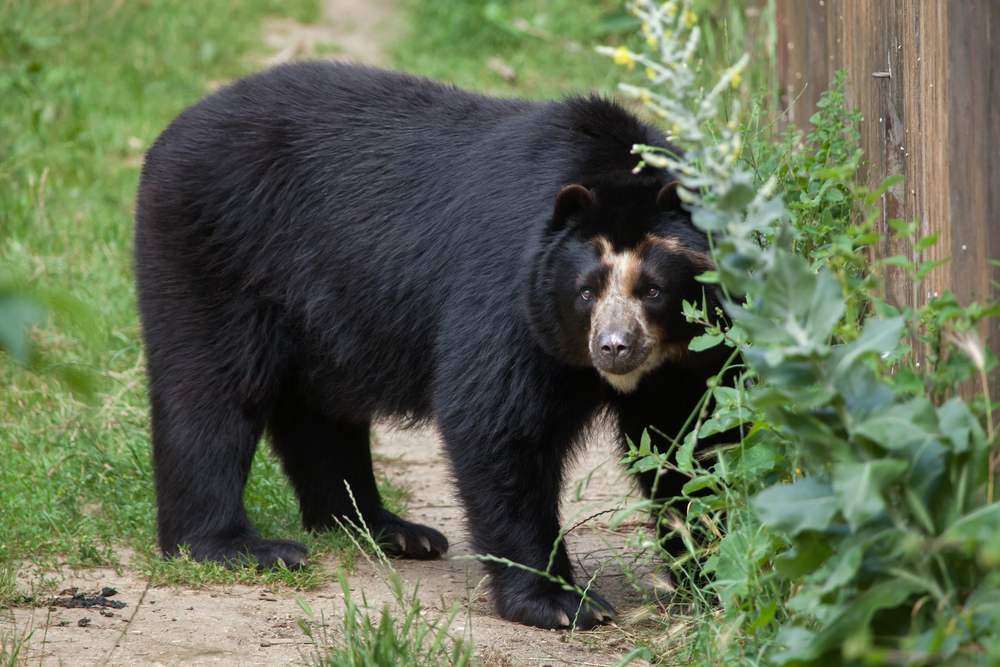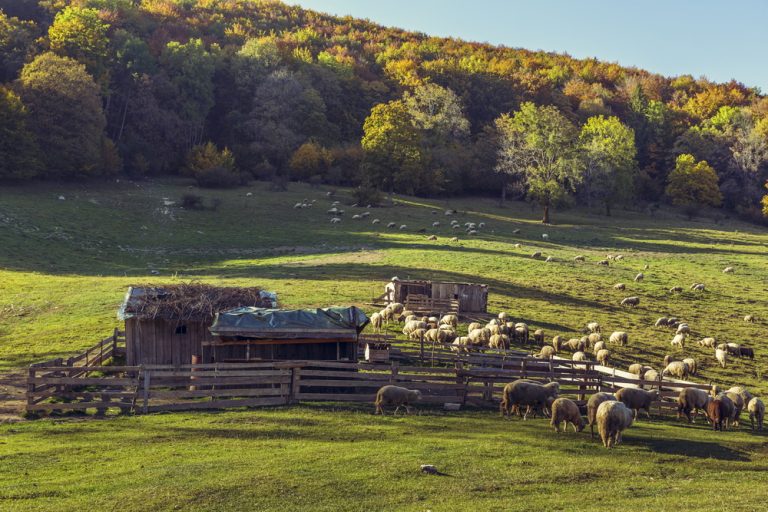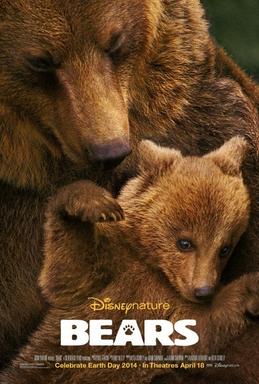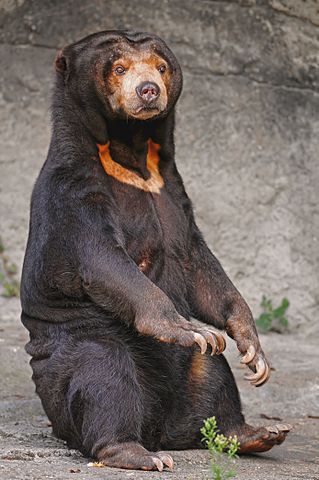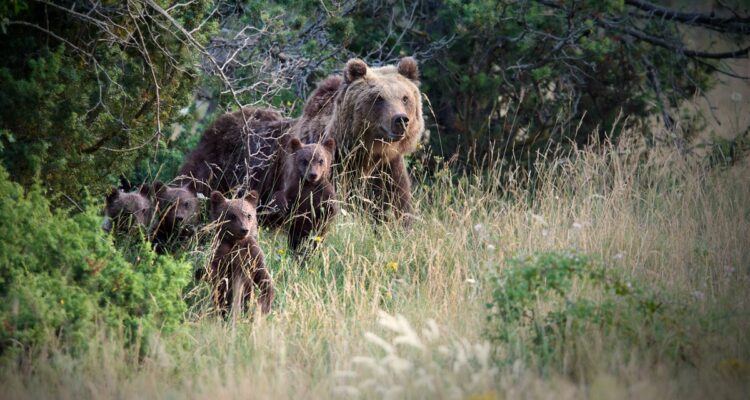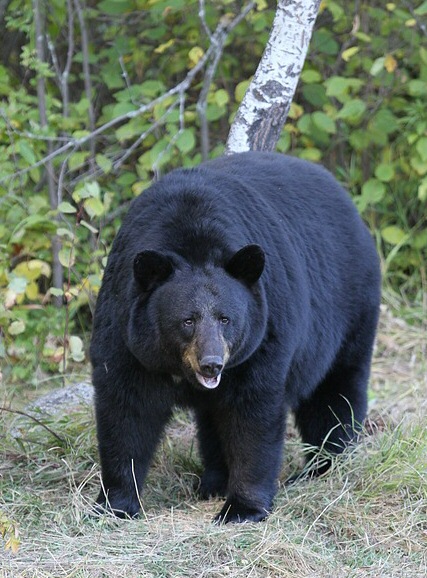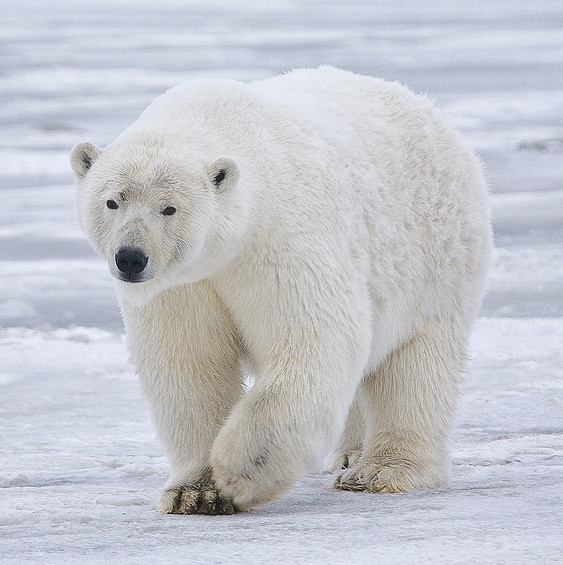Species Profile: The Spectacled Bear
Learn every detail you need to know about the spectacled bear.
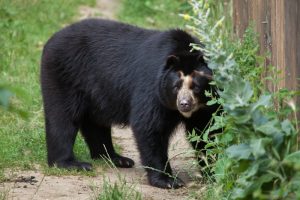
The spectacled bear is a solitary bear that’s only found in the Andes mountain range of the South American continent. This bear is actually the only bear native to South America. In the wild, its territory ranges from Northwest Argentina, to Peru, Venezuela and Brazil.
This bear species is the only surviving species of native bear in South America and the only extant short-faced bear from its subfamily: Tremarctinae. They have a more rounded face and shorter snout when compared to other living bears like the polar bear, or brown bear.
People generally believe that its unique ability to climb up very tall trees very quickly has saved it from total extinction.
The name spectacled bear comes from the distinct, light-colored ring-like markings around its face and eyes that almost resemble a large pair of spectacles. Though, not all bears of this species have these markings.
It has a generally blackish fur though individuals could range from deep black to dark brown, or even reddish shades. It has long claws and even though it’s considered a carnivore, just 5 percent of its diet is actually meat.
It’s technically the largest native land carnivore on that part of the continent though another carnivorous mammal, the jaguar, is larger than but lives in other areas. This bear is mid-sized but it’s heavier than other land mammals on the continent like the Baird’s and South American tapirs.
This bear is under threat from human activities in its range and it’s now classified as Vulnerable by the IUCN because of habitat loss, poaching, and so on.
The spectacled bear vocalizes more than other bears (except the giant panda).
1) Scientific Name
Tremarctos Ornatus
2) Scientific Classification:
- Kingdom: Animalia
- Phylum: Chordata
- Class: Mammalia
- Order: Carnivora
- Family: Ursidae
- Genus: Tremarctos
3) Life Expectancy
Bears in general can live well over 20 years in the wild unless they are killed by humans or other predators. In captivity, a spectacled bear lived up to 36 years and 8 months at the National Zoo in Washington, DC, USA.
4) Average/Maximum Length
Males of this species are typically a third larger than females in size and even twice that sometimes. Body length including the head ranges from 120 to 200 cm (47 to 78.5 inches), though adult males do not measure below 150 cm (59 inches).
5) Average/Maximum Weight
From 100 to 200 kg (220 to 440 lbs.) for males, and from 35 to 82 kg (77 to 181 lbs.) for females.
6) Maximum Running Speed
48km/h (30mph).
7) Interactions With/Danger To Humans
- Interaction with humans
Like many other bears, they will avoid human beings whenever possible. In the wild, the spectacled bear will retreat if it senses the presence of people around it and as an added bonus they can climb even the tallest of trees in the Andes Mountains.
Also, they have a habit of building platforms once up a tree to rest and store food and possibly to conceal themselves from human eyes.
Unfortunately, their native habitat is under severe exploitation by humans because of the timber industry, and agriculture.
In the wild, the spectacled bear will retreat if it senses the presence of people around it and will quickly climb even the tallest of trees in the Andes Mountains.
- Danger to humans
This is a solitary animal and it prefers to retreat in a docile manner from humans and even other bears of its kind. This bear is not territorial in nature. However, mother bears with cubs are particularly protective of their offspring, as expected. Such female bears have attacked poachers in the past.
There is only one reported case of human fatality due to a spectacled bear attack. It occurred while the bear was being hunted and was already shot.
The main predators of spectacled bear cubs are cougars, and maybe male spectacled bears. But, their major threat remains humans.
8) Reproduction Details

Unlike many other mammals, this bear mates almost any time of the year. But mating activity is at its highest in April and June: at the beginning of the rainy season and the peak of fruit-ripening.
A mating pair spend about one or two weeks and they will mate multiple times during this period.
Females gestate for between 5.5 to 8.5 months and give birth to live young in the dry season, between December and February. A litter will have two cubs or at the most four cubs and the newborns weigh about 300 to 330 g (11 to 12 oz.) each.
Cubs stay with their mothers for about a year before departing to live on their own. The young mature sexually at between four and seven years.
9) Diet/Hunting Pattern Of The Spectacled Bear
The spectacled bear is one of the only remaining species of bear that actively hunts during the day. Most species of bear are nocturnal and therefore generally hunt at night. Although that depends on its habitat: those in the Andean cloud forests are active day and night. But those in the Peruvian desert reportedly bed down under vegetative shade during the day.
This bear species is herbivorous than most other bears except probably the giant panda. Just about 5 to 7 percent of their diet is meat. Morphologically, its mandibular muscles are adapted for chewing through very tough plants, just like the giant panda’s.
Their preferred meal includes cactus, bromeliads palm nuts, bamboo hearts, orchid bulbs, fallen fruit on the forest floor, and unopened palm leaves. They can also peel tree bark to feed on the nutritious second layer.
They’ll also eat honey, sugarcane, corn, and berries.
When they go after animal prey, they mostly opt for small-sized animals like rabbits and mice, but they can conveniently kill adult deer, llama, domestic cattle, and even horses.
10) Alternative Names
- Andean Bear
- Andean Short-faced Bear
- Jukumari (to the Aymara tribe)
11) Population And Conservation Status
People generally believe that its unique ability to climb up very tall tress very quickly has saved it from total extinction. However, it’s not completely safe yet. Its population is severely under threat and continues to decreasing rapidly.
There are several reasons for this bear’s problems:
- Local farmers in its vicinity believe that it kills livestock.
- Trophy hunting.
- Its natural habitat is ever decreasing.
- It often comes into conflict with humans as people encroach into its habitat.
- Native and international poachers hunt it because they believe the gall bladder of the spectacled bear has medicinal properties. As a result, it’s highly sought after in Oriental medicine.
Trophy hunting of the spectacled bear in particular was a serious problem during the 19th century in some rural areas of Latin-America. It was seen as an activity among privileged young men in Colombia.
No doubt, the most epidemic problem for this bear today is extensive logging and farming. Because of these two activities, these tree-dependent bears have lost about 95% of their original habitat in the Andean forest. In addition, when they can’t find enough plants to eat, they will turn to crops or livestock thereby exposing themselves to attack from farmers.
Because of all this pressure on their numbers, the spectacled bear is classified as Vulnerable in the IUCN Red List.
12) Ancestry And History
The root of its scientific name comes from the Greek word trem meaning ‘hole.’ It has an unusual hole in its humerus. Arctos is Greek for bear, and ornatus is Latin for ‘decorated,’ because of the markings on its face.
The closest relatives of the spectacled bear are the now extinct Florida spectacled bear, and the giant short-faced bears of the Middle Pleistocene to Late Pleistocene epoch.
13) Distribution And Habitat
They are mostly restricted to certain areas of northern and western South America though a few spill over into Panama. You will find them in western Venezuela, Colombia, Ecuador, Peru, in to western Bolivia, and northwestern Argentina. The spectacled bear species lives almost entirely in the Andes Mountains.
This bear has a reputation for being highly adaptable. They are found in a wide variety of habitats and altitudes. These include: cloud forests, high-altitude grasslands, dry forests and scrub deserts. Wherever they live, they generally prefer humid to very humid montane forests at altitudes of between 1,900 meters (6,200 feet) and may even go as high as 5,000 meters (16,000 feet).

